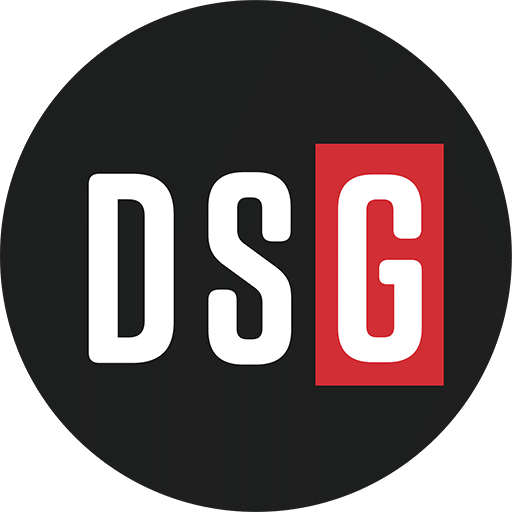W.W. Grainger Inc. is taking a calculated and patient approach to managing escalating U.S.-China trade tensions, as tariff uncertainty threatens supply chain stability and margin performance across the industrial distribution sector.
And so far, the actions are on track and working, Grainger says.
The impact of recent tariffs has yet to materially affect the company’s business, but Grainger executives also signaled the landscape is rapidly evolving and requires granular, product-level pricing action and supplier engagement.
“We’re working closely with our supplier partners to understand the full impact of announced tariffs,” CEO D.G. Macpherson told analysts. “Fortunately, the investments we’ve made in product information, pricing capabilities, and sourcing depth position Grainger to effectively navigate the situation.”

Grainger’s exposure to tariffs is measured but significant. About 50% of its U.S. cost of goods sold is tied to imports, including from China, though that figure reflects finished goods, not individual components or subassemblies that could also face duties. Chief financial officer Deidra Merriwether emphasized that quantifying tariff exposure requires extensive analysis to isolate which portions of a product’s cost structure are tariff sensitive.
In response, Grainger implemented initial price increases in early May—but only on a “small portion” of its products, limited to direct imports under its private label program. “We’re taking a measured approach,” Merriwether said. “We’ll pass price when we have clarity on cost increases. Our goal is to maintain price-cost neutrality over time.”
Grainger also noted that tariffs could lead to shifts in product economics—particularly for private-label items manufactured in China. “There are some cases where private brands may no longer make economic sense versus national brands,” Macpherson said, citing situations where competing national brands are sourced from lower-tariff markets like Indonesia. However, he added that national brands often share similar sourcing dependencies, and the company does not believe it is uniquely exposed relative to peers.
The company is not making wholesale sourcing changes but is monitoring inventory levels and product flow to avoid incurring unnecessary costs while still supporting customers. “We do have inventory on hand and we’re doing creative things to make sure we have the right inventory without taking extra cost,” Macpherson said. “The trick right now is staying agile without overreacting.”
Notably, Grainger has not yet seen meaningful tariff-driven customer demand shifts. “Most customers are embedding modest tariffs into their thinking,” Macpherson said. “They’re focused on running their operations. Tariffs haven’t dominated the conversation.”
Still, Grainger acknowledges the inflationary environment could be a problem if it enables pricing leverage without significant demand degradation.
Despite tariff uncertainty, Grainger reaffirmed its full-year 2025 guidance and remains confident in its ability to manage volatility. “We’ve done a lot of work to understand our sources and alternatives,” Macpherson said. “If this level of tariff were to persist, there will be challenges, but we’re prepared to pivot as needed.”
Analysts applauded the company’s discipline. “Grainger is playing this well—limited exposure, detailed modeling, and strong customer communication,” said Jacob Levenson of Melius Research. “They’re avoiding knee-jerk reactions and focusing on long-term value.”
Don’t miss any content from Distribution Strategy Group. Join our list.


